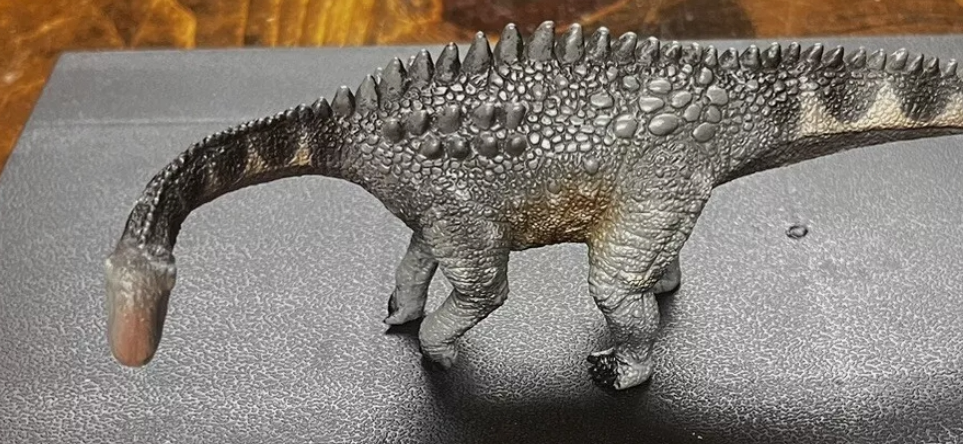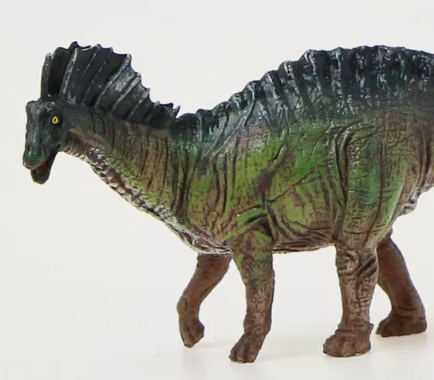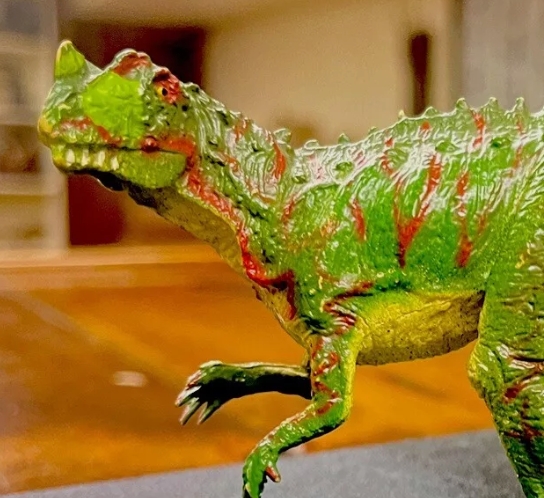Dinosaur models, as a popular assembled toy and collectible, are loved by all ages. It not only shows the morphological characteristics of dinosaurs, but also explains the charm of paleontology. By assembling and studying these models, we can not only intuitively understand the construction of different species of dinosaurs, but also stimulate interest in natural history and scientific knowledge.
There are a wide variety of dinosaur models on the market, from small simple assembly models to high simulation, fine collection level models, to meet the needs of different consumers. These models are usually made of environmentally friendly materials and are designed with attention to detail, striving to restore the true appearance of the dinosaur.
In addition, dinosaur models are educational tools, and many schools and museums use them to help students understand the evolution of paleontology and its ecological environment. Through hands-on assembly, children can not only develop hands-on skills and creativity, but also deepen their understanding of scientific knowledge in interaction.
Whether as toys, collectibles or educational tools, dinosaur models play an important role in passing down dinosaur culture and scientific knowledge, attracting people to continue to explore this mysterious ancient world.




